Macro photography has a magical way of transforming the ordinary into something extraordinary. This is especially true when it comes to insects zoomed photos—a realm where tiny creatures reveal breathtaking details of their anatomy. From the kaleidoscopic hues of butterfly wings to the geometric precision of a spider’s web, zoomed-in images showcase a hidden world that would otherwise go unnoticed.
But why do these images captivate us? What makes an insect so fascinating when magnified? Let’s take a closer look at the world of macro photography and how it unearths nature’s smallest masterpieces.
Insects Zoomed Photos: A Gateway to Another World
Insect zoomed photos are close-up images that reveal intricate details of insects’ bodies, often magnified beyond what the human eye can perceive. These photographs give us an intimate glimpse of textures, colors, and patterns that are not visible in daily life. For instance, when magnified, the compound eyes of a dragonfly resemble a kaleidoscope, with thousands of tiny lenses reflecting light in a myriad of colors. Similarly, under extreme zoom, the surface of a butterfly’s wing resembles a mosaic made of delicate scales.
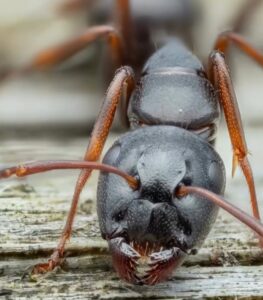
Photographers specializing in this art form often describe their experience as stepping into a new dimension. What appears mundane at a glance suddenly becomes mesmerizing, sparking curiosity and wonder about the smallest creatures that share our planet.
Why Are Insects Captivating Up Close?
The beauty of insects lies in their intricate designs, which are nearly impossible to appreciate with the naked eye. Their bodies are marvels of engineering, each part serving a specific purpose in their survival. When magnified, the tiny hairs on a bee’s legs, used to collect pollen, or the segmented body of an ant, reveal how brilliantly nature has crafted these creatures.
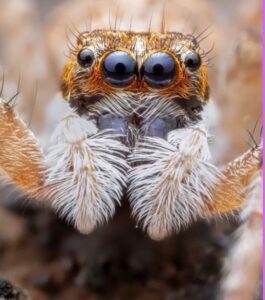
Another reason insects are fascinating up close is their diversity. There are over a million known species of insects, each with its own unique features. From the iridescent shells of beetles to the transparent wings of dragonflies, every insect tells a story of evolution, adaptation, and survival. Zoomed photography allows us to witness this diversity in ways that no other medium can.
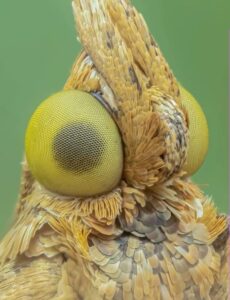
The Role of Macro Photography in Exploring Insects
The technology behind macro photography has come a long way, allowing photographers to capture details that were once only visible under a microscope. Macro lenses, with their ability to focus at very close distances, are the key tools for this kind of photography. These lenses allow photographers to magnify their subjects to extreme levels, capturing details such as the veins in a moth’s wing or the sharp edges of a wasp’s stinger.

Advancements in digital photography have also made it easier to enhance these images, bringing out vibrant colors and sharp textures that highlight the artistry of nature. This technology has not only benefited photographers but also scientists, who use macro photography to study insects in greater detail.
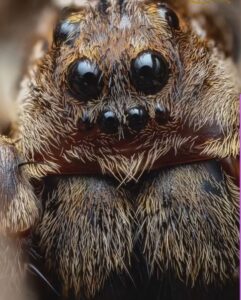
Stunning Details Revealed in Zoomed Insect Photos
One of the most mesmerizing aspects of insects’ zoomed photos is the way they reveal details that seem almost otherworldly. Consider the compound eyes of a fly: each eye is made up of thousands of tiny lenses, enabling the insect to see in nearly every direction at once. When photographed up close, these eyes look like sparkling gems, each reflecting light in a unique way.
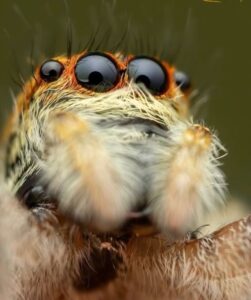
Similarly, the wings of a butterfly, when magnified, show a grid-like pattern of overlapping scales, each one reflecting light to create vibrant, iridescent colors. Even the exoskeletons of beetles, which might seem dull from a distance, can display metallic sheens and intricate patterns under a macro lens.
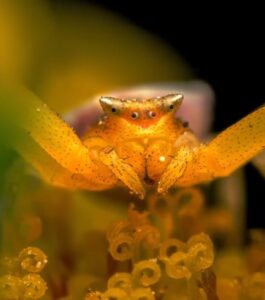
Popular Insects in Zoomed Photography
Certain insects are especially popular subjects for macro photographers because of their unique features:
- Dragonflies: Their large, iridescent wings and complex compound eyes make them a favorite subject.
- Butterflies: The vibrant colors and patterns on their wings are breathtaking under magnification.
- Spiders: While they may evoke fear in some, their intricate webs and hairy legs are fascinating to photograph.
- Beetles: Their shiny, often metallic shells make for striking images.
Each of these insects offers a unique opportunity to showcase the beauty and complexity of nature through photography.
Thank You for Visiting our website mhnrc.org. If you liked the article, then share it with others. Follow us on Facebook


